Introducing Science to young children, we are creating opportunities for them to exercise some very important life skills. To evaluate, come up with logical deductions, spotting errors and mistakes, recognizing patterns and to have good judgement are some of them. These are a set of skills that are fundamental and beneficial for children to have in their future.
However, the way of introduction of science concepts to children must be carefully designed in order to make it fun and interesting for them such that they can be intrinsically motivated when it comes to learning. Research has shown that with both interest and hands-on experiences, it allows better retention of information in a child’s brain.
Have fun experimenting with your little Einstein’s!
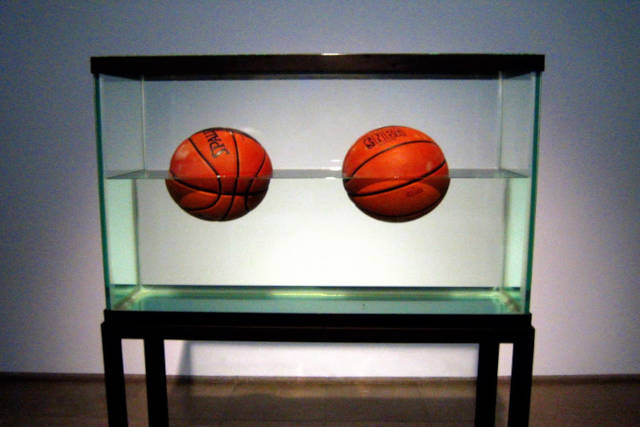
Sink or Float?
Targeted age group: 3 and a half to 6 years old
Materials:
- Preferably a transparent fish tank to allow better viewing. Alternatively, any container with depth and reasonable width such as a bucket or a big tub works as well.
- A notebook and pen to take down any questions or observations
- A wide variety of materials (variables) for experimentation. Such as, feather, coins, bottlecaps, twigs etc.
- Cloth to wipe any spillage
How the activity goes?
Tip: A day before the activity, inform your child in advance and give them a brief explanation of what the experiment will be about. Explain to them the term “sinking” and “floating” especially to the younger ones. By letting your child participate in the activity straight from the preparation stage gives them a sense of importance and belonging. Have a discussion on what kind of material you should gather as well; go on a mini shopping trip around the neighbourhood even. Create that sense of excitement and instill the interest in them!
- Introduce the material you will be using for the experiment one by one to your child. You can either chose to display all the materials out or keep it in a bag and take it out one by one if you find the former too distracting for your child.
- Have a mini-discussion with your child before the experiment starts. You can start off by asking your child to make deductions on which items do they think will sink or float and why? It is okay if the reasons they give are wrong, record them down so that they can spot their earlier mistakes after the experiment. Making a mistake is fine; it can be a learning experience for your child as well.
- Allow your child to fill half of the fish tank with water.
- Begin your experiment with the materials you’ve gathered and record down the items which sinks or floats.
- Discuss the results with your child and get them to categorize the items accordingly.
Tip: For the older children, get them to draw a table of their own and let them record the observations themselves.
Letting them take charge of the experiment encourages them to be independent learners. Or you can even ask them to come up with ways to help items that sink to float and vice versa! For example, does tying a coin to a tongue depressor make the coin float?
By Leow Kaiwen
If you find this article useful, do click Like and Share at the bottom of the post, thank you.
Like what you see here? Get parenting tips and stories straight to your inbox! Join our mailing list here.



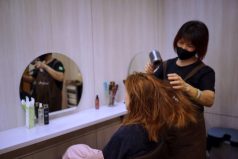



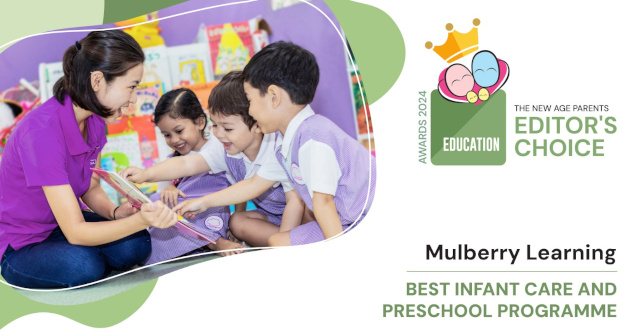


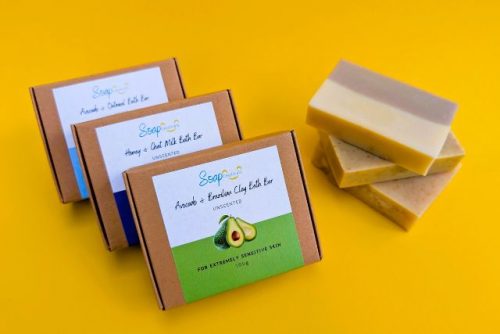
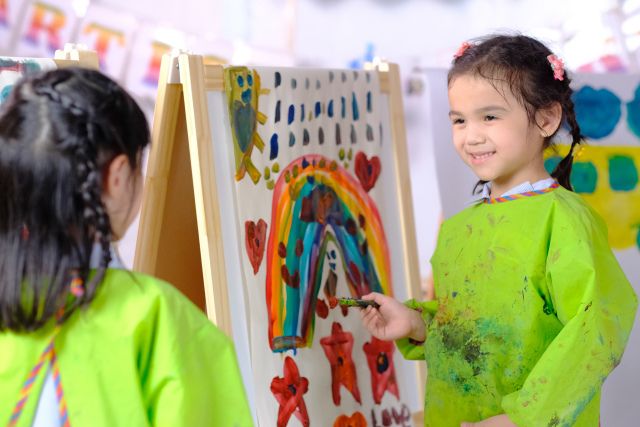
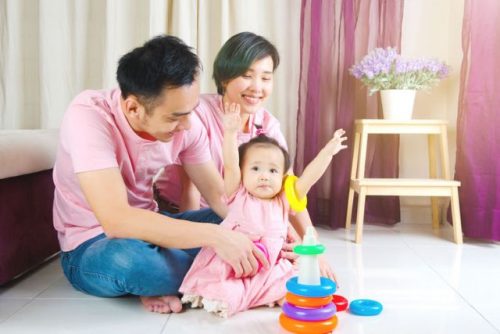
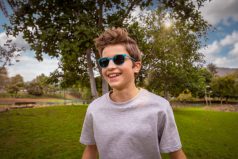




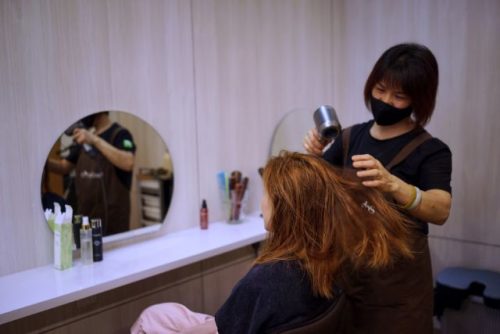




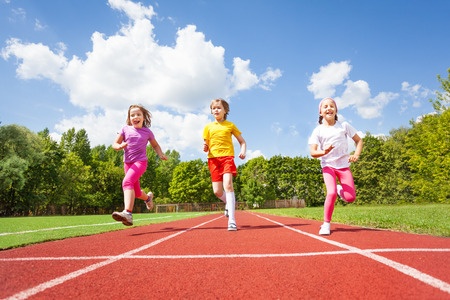


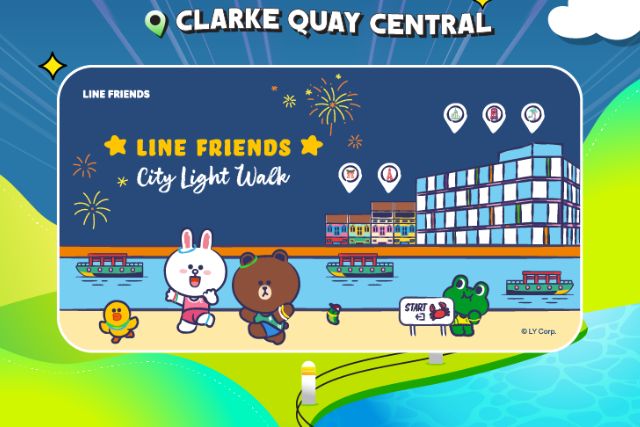
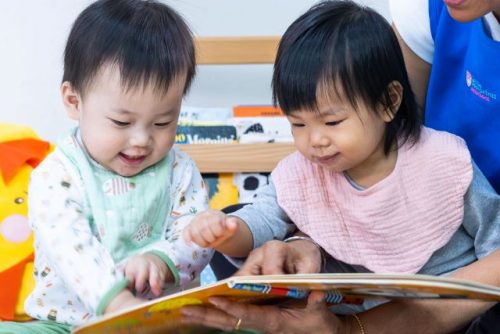











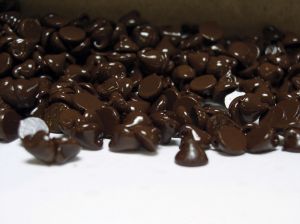
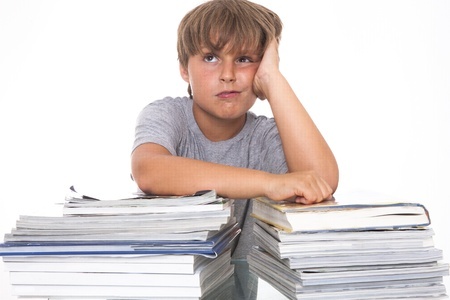
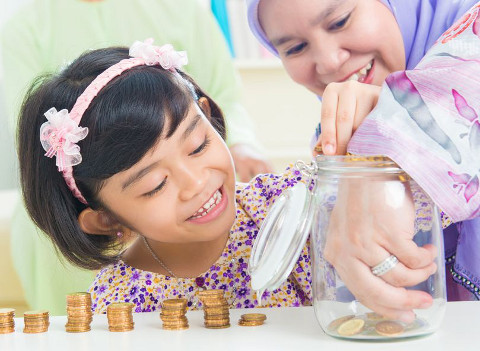
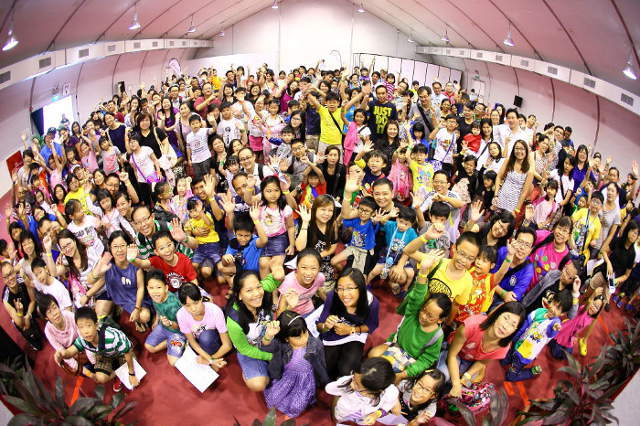
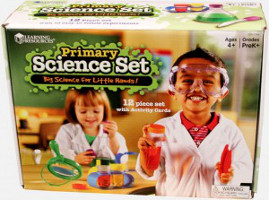




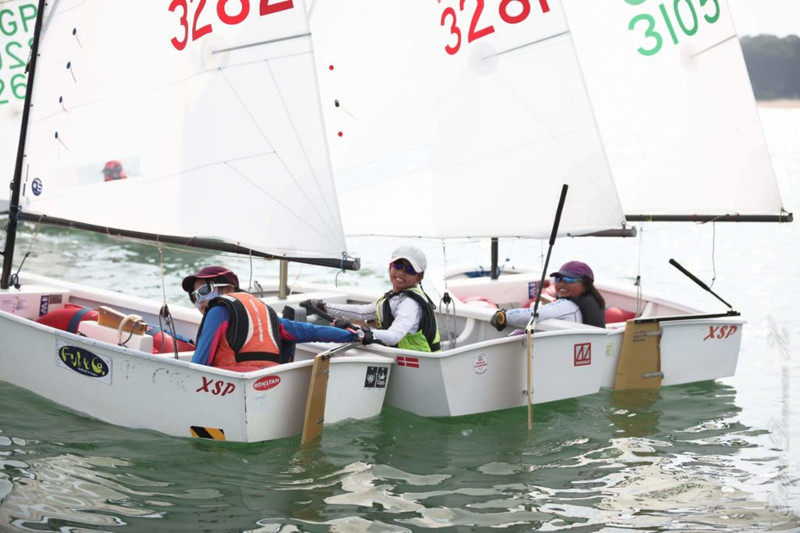

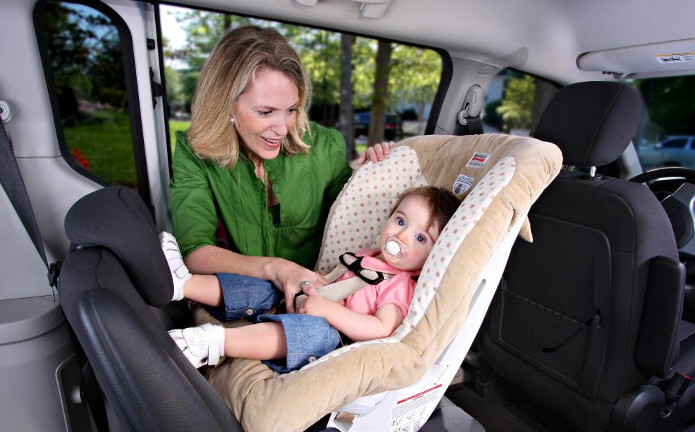
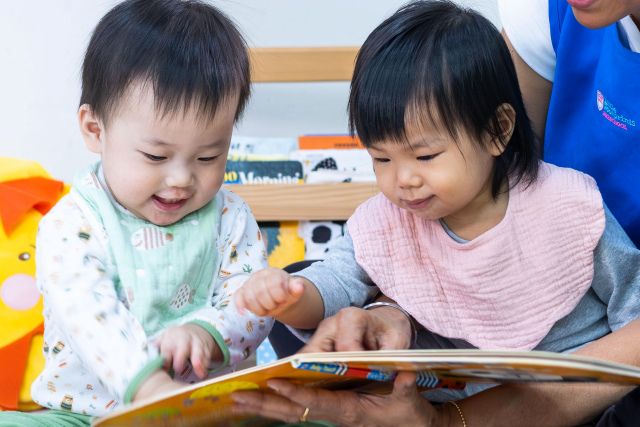







Leave a Comment: